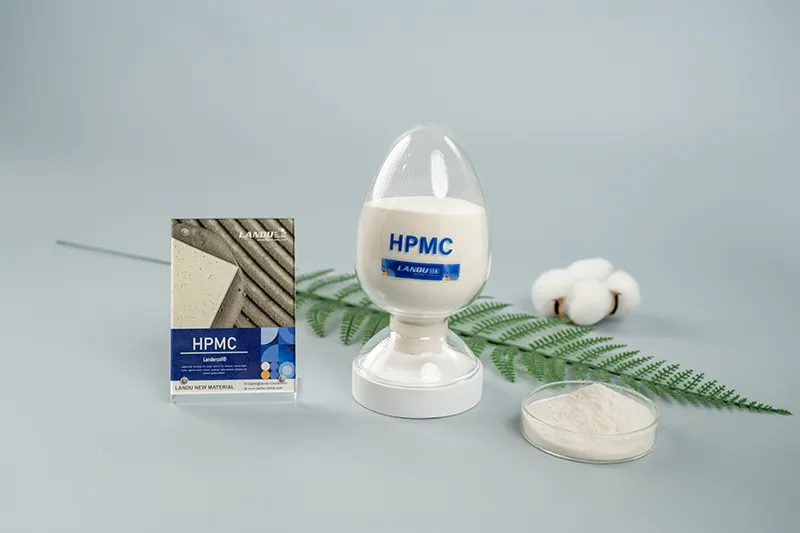1. ¿Cuál es la causa de las ampollas de masilla?
1.1 Aplicación sobre soporte de mortero rugoso
- En este caso, se forman pequeñas burbujas densas que suben después de aplicar la masilla. Cuando se perforan estas burbujas, se observan hendiduras profundas.
- Esto se debe a que, cuando se aplica la masilla a un muro de hormigón in situ, pueden quedar densas bolsas de aire en la superficie después de retirar el agente desmoldante. La masilla sella estas bolsas de aire, comprimiendo el aire en su interior y almacenando energía potencial. Cuando la espátula se aleja, el aire comprimido rebota, empujando la masilla hacia arriba y formando burbujas.


1.2 Aplicación en techos de hormigón
En esta situación es frecuente encontrar grandes burbujas y zonas huecas.
Las superficies de hormigón lisas, la presión desigual durante la aplicación y el peso de la propia masilla impiden que la capa de masilla se adhiera correctamente y provocan burbujas de masilla.
1.3 Aplicación en sustratos con cenizas flotantes
Pueden observarse grandes burbujas y delaminación.
Un sustrato pulverulento o polvoriento crea una barrera entre la masilla y la superficie. En lugar de adherirse directamente al sustrato, la masilla se adhiere a las partículas de polvo, lo que provoca una unión débil y la formación de burbujas.


1.4 Fórmula o ingredientes inadecuados
Los usuarios pueden encontrar una gran cantidad de gas generado durante la mezcla.
La viscosidad del éter de celulosa o del polímero redispersable en polvo puede ser demasiado alta, lo que confiere a la masilla unas propiedades de formación de película excesivas para atrapar el aire y crear burbujas. Además, el hidróxido de calcio de baja calidad puede contener cal viva, que libera calor y produce burbujas cuando reacciona con el agua.
2. ¿Cómo prevenir las ampollas de masilla?
2.1 Limpiar la superficie y reparar las imperfecciones
Esto garantiza una mejor adherencia y evita que la humedad o el aire queden atrapados bajo la masilla. Una superficie lisa y limpia permite que la masilla se seque uniformemente, reduciendo el riesgo de que se formen burbujas o ampollas al curarse.
2.2 Tiempo de secado suficiente
- Si la masilla se seca demasiado rápido, la humedad o el aire atrapados pueden causar ampollas. Un tiempo de secado adecuado permite que la masilla fragüe y se endurezca sin tensión, lo que reduce la probabilidad de que se formen burbujas.
2.3 Control del espesor durante la aplicación de masilla
Las capas interiores pueden secarse más lentamente que la superficie si la masilla se aplica con un grosor excesivo, provocando inconsistencias que pueden dar lugar a burbujas. Un grosor uniforme y adecuado permite un secado uniforme y reduce el riesgo de imperfecciones.
2.4 Dejar reposar la mezcla unos 10 minutos después de mezclarla
- Si la mezcladora de masilla funciona demasiado rápido, puede mezclarse aire en la masilla, lo que produce burbujas. Por lo tanto, este periodo de reposo permite que la mezcla se estabilice, garantizando una consistencia más uniforme para una mejor adherencia y secado.
2.5 Añadir aditivos químicos correctos como HPMC y Polímero Redispersable en Polvo
- HPMC (Hidroxipropilmetilcelulosa) es un aditivo polimérico no tóxico, soluble en agua, derivado de la celulosa. Puede mejorar la unión entre la masilla y la superficie, evitando que se separe o levante durante el secado. También ayuda a retener la humedad dentro de la masilla, permitiendo que se seque de forma más uniforme. Al moderar el proceso de secado, el HPMC garantiza que la masilla se seque uniformemente y evita así tensiones internas que pueden provocar la formación de ampollas o burbujas.
- Una de las principales funciones de Polvo de polímero redispersable (RDP) es añadir flexibilidad a la capa de masilla, lo que le permite acomodarse mejor a ligeros movimientos o cambios de temperatura sin agrietarse. Esto ayuda a mitigar el riesgo de burbujas o ampollas. Además, el RDP ayuda a reducir la tensión superficial de la masilla. Esto facilita la aplicación uniforme de la masilla, evitando bolsas de aire o capas desiguales.
Característica |
HPMC (Hidroxipropilmetilcelulosa) |
Polvo de polímero redispersable |
|---|---|---|
|
Efecto sobre las burbujas |
Evita las bolsas de aire o humedad mejorando la consistencia y la suavidad. |
Reduce las bolsas de aire y garantiza un secado uniforme, minimizando así las ampollas. |
|
Principal contribución a la masilla |
Trabajabilidad, aplicación suave y control de la humedad. |
Fuerza de adherencia, flexibilidad y secado uniforme. |
|
Proceso de secado |
Modera el secado para evitar la contracción desigual y la formación de burbujas. |
Garantiza un secado uniforme, reduciendo las tensiones internas que causan ampollas. |
|
Flexibilidad |
Aumenta la flexibilidad de la masilla. |
Aporta elasticidad y flexibilidad. |
|
Vinculación |
Mejora la adherencia entre la masilla y la superficie, reduciendo la separación. |
Proporciona una fuerte adherencia a la superficie, evitando la delaminación y la formación de ampollas. |
3. Cómo arreglar las burbujas de masilla?

- Si la zona burbujeante es pequeña, puede tratarse lijando y añadiendo un agente adhesivo.
- Si la zona burbujeante es grande, utilice una espátula para pinchar las burbujas y luego rellene los agujeros con masilla.
- No continúe con el siguiente paso de revestimiento antes de reparar las burbujas, ya que aparecerán otras nuevas en la nueva capa de masilla.
4. LANDU: Su fabricante de confianza para el éxito
- Como fabricante de renombre de Éter de Celulosa y Polímero Redispersable en Polvo, LANDU ofrece aditivos químicos de alta calidad que ayudan a prevenir la formación de ampollas en la masilla para paredes. Mediante la combinación de HPMC y RDP, LANDU puede ayudar a crear fórmulas de masilla a medida que satisfagan sus requisitos de rendimiento específicos.
- Equipado con laboratorios profesionales y equipos de expertos, LANDU está bien posicionado para abordar los retos de sus aplicaciones y ofrecer soluciones a medida. No dude en ponerse en contacto con nosotros y obtener muestras gratuitas.



